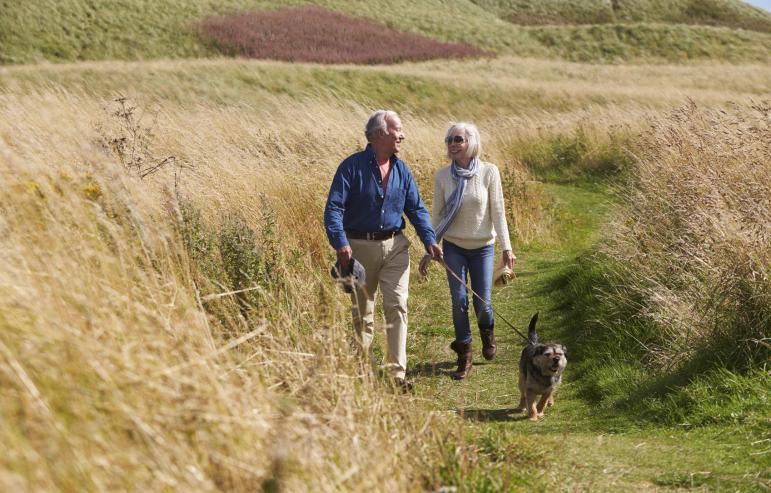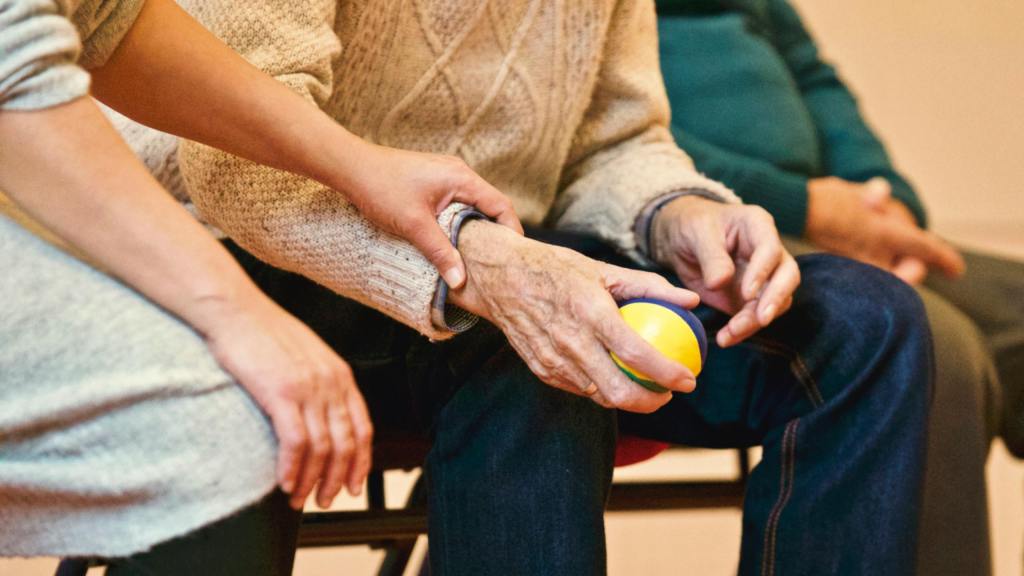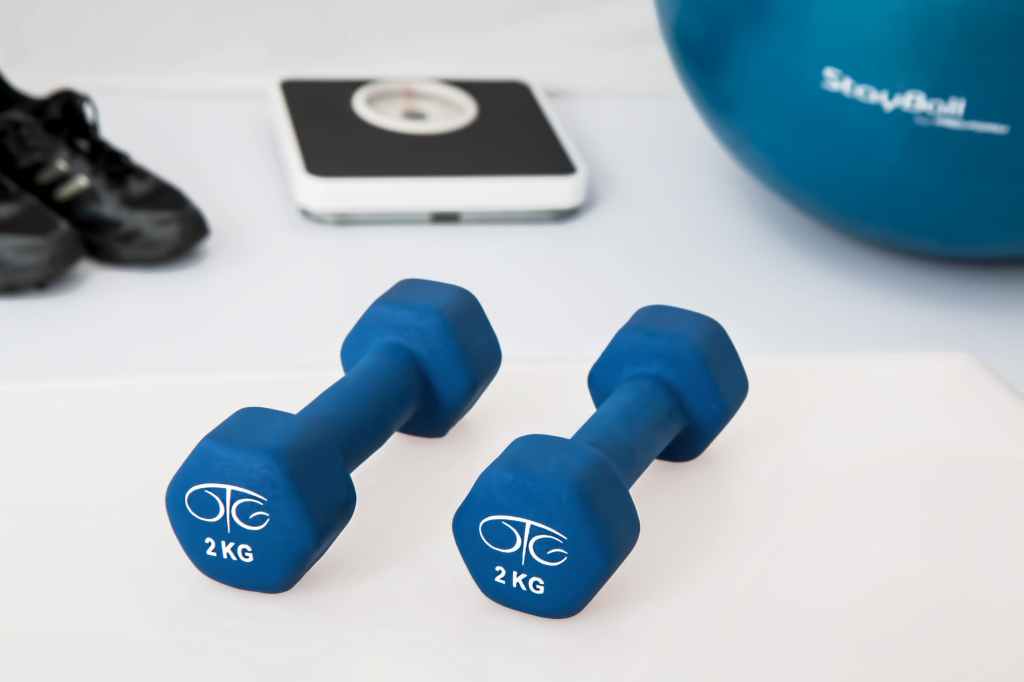
10 Ways Elders Can Get Active This Spring
- Go for a walk. Call a friend and find days and times you are both available to walk together. For me, this is the best way to stay committed. Once you have agreed on a day and time, you are far more likely to keep that commitment when getting your exercise routine started than if you are going it alone.
- Go to the mall. Still too cold to walk outside? Go to the mall and window shop while you walk.
- Explore your area. Once the weather gets warm enough, explore your local paved trails, river walks and parks. Listen to music while you walk, take pictures as you go, and see how many bird species you spot during your walks.
- Get your calendar out. Jot down 3-5 days with times that you feel you are most likely to exercise. Be realistic. If you are not an early bird, commit to times that work for your lifestyle.
- Call or drop by your local Senior Center or YMCA. Most offer daily exercise classes such as Chair Yoga, Zumba, Water Aerobics, Muscle Conditioning, Line Dancing, Tai Chi and Meditation. Group exercise classes are also a great way to meet new friends.
- Go to the library. If you would rather exercise at home on your own time, visit your local library for exercise videos. Many libraries have large selections. If you have cable television, many on-demand features offer a variety of exercise shows.
- Spend time with your grandkids. Kids know electronics. Many game systems (like the Nintendo Wii, Xbox and PS3) have activity-based video games that simulate golf, fishing, bowling, tennis and countless others. Most of these can be safely done in a wheelchair and will elevate your heart rate and burn calories. Most of all, they’re fun to do and they are a perfect way to connect with grandkids.
- Work it into any day, any time. Strength training exercises can be done any time. Use canned goods or bottles of water as weights and do some repetitions while you watch your favorite TV show or movie.
- Make it work for you. Despite injury or limitation, you still have options. Chair-bound exercises are ideal for people with lower body injuries or disabilities, those with weight problems or diabetes, and elders looking to reduce their risk of falling. Cardiovascular and flexibility chair exercises can help improve posture and reduce back pain, while any chair exercise can help alleviate body sores caused by sitting in the same position for long periods of time.
- Maintain the momentum. Don’t keep it to yourself – talk to your friends, family and caregivers. Not only will having these conversations increase commitment, but they will surely start conversations that introduce you to new ideas, places, topics and hobbies that you may never have considered and find you really enjoy! Ask your care team to help you find local resources and discuss exercise ideas with them. Go online and search for safe and appropriate exercises for you.
More insights like this:
-

Helping an Aging Loved One Through Declining Mental Health
Read more: Helping an Aging Loved One Through Declining Mental HealthMental health challenges can impact anyone at any time of life. However, older adults tend to be more vulnerable to depression and other mental illnesses, on average, with 14% of adults aged 60 or older suffering from a mental disorder. “If you recognize or hear from a loved one that their day-to-day life is significantly…
-

Delirium vs. Dementia: Causes, Symptoms, Treatments, and Preventative Measures
Read more: Delirium vs. Dementia: Causes, Symptoms, Treatments, and Preventative MeasuresFeelings of confusion, difficulty focusing, and memory loss can have many causes and, especially in older adults, can be hard to tell apart from more typical signs of aging. Delirium is a disturbance in mental abilities, resulting in confused thinking and reduced awareness of one’s environment. Symptoms of delirium typically come on quickly,…
-

7 Immune System Booster Tips for Seniors
Read more: 7 Immune System Booster Tips for SeniorsThe immune system is the body’s first line of defense against viruses and infections, but the aging process can weaken the immune system. Throughout the COVID-19 pandemic, this became an increased concern for the caregivers of older or immunocompromised adults, as the risk of more severe symptoms and outcomes was much higher in these…